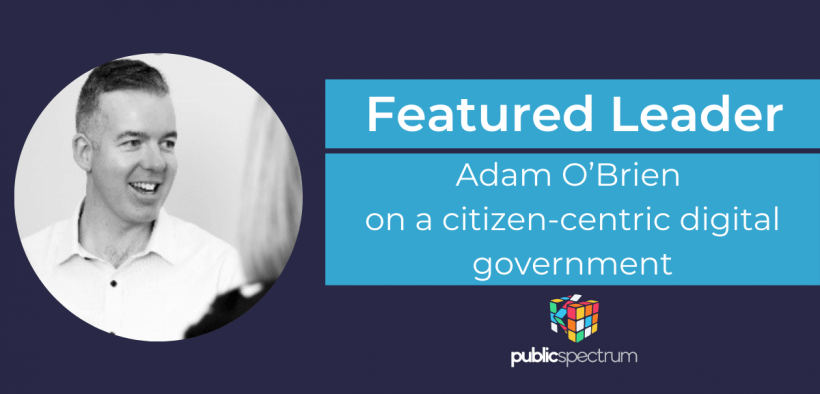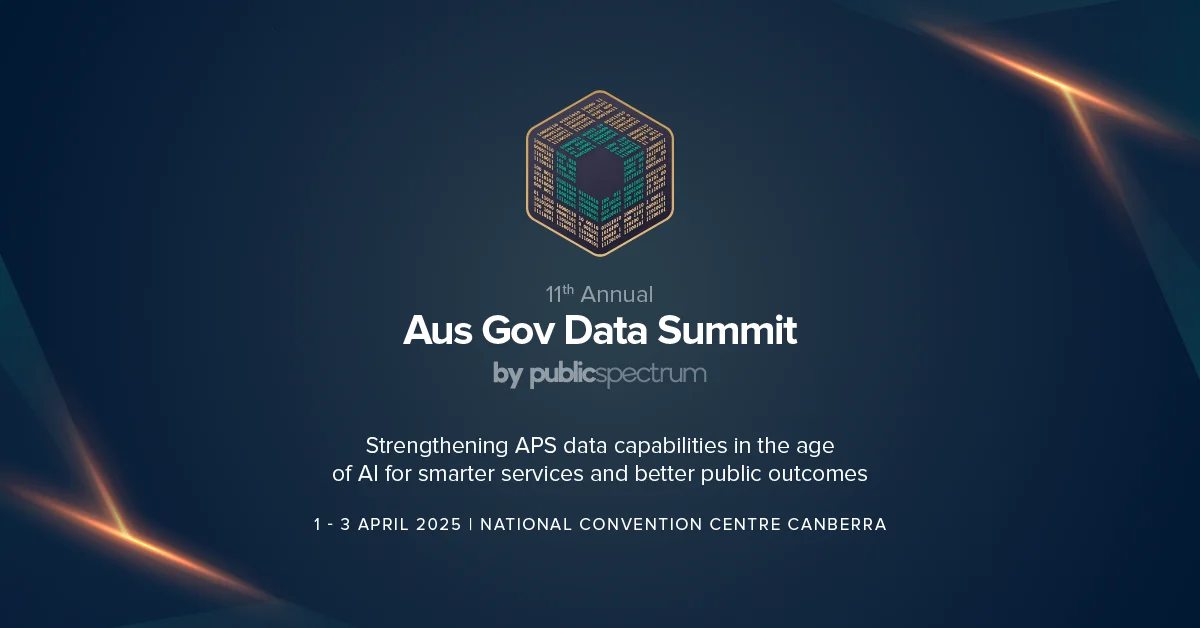Featured Leader: Adam O’Brien on a citizen-centric digital government
Share

Public Sector caught up with Adam to discuss his insights on exploring a collaborative relationship with the public through citizen-centric digital government.
Adam O’Brien is the Associate Director of Grosvenor’s Executive Leadership Team, Public Sector Advisory Leadership Team and the Stream Lead for their Workforce Capability and Health practice.
He has worked as an adviser for various tribunals, courts and regulators on improved service delivery to the public.
Mr O’Brien has more than a decade of experience working in and within the public sector. He is a credible mentor to young and seasoned professionals in the public sector in their endeavour towards achieving improved performance and efficiency at work.
Adam expounds his views on overcoming existing organisational barriers in their agency, and surface practical ideas of how to implement citizen-centric design thinking while tackling the challenges brought about by the COVID-19 pandemic in their unique context.
How can a citizen-centric approach shape the future of e-government especially during the “new normal phase”?
AO: Unfortunately too many people still believe a citizen-centric approach to public service delivery is something ‘leading edge’, something ‘for the future’. It’s necessary now and is happening now.
If you’re not doing it now then you really should rethink your approach. There are great things happening across many sectors. The New South Wales government has been taking a customer-centric approach to its public sector reforms for years, with initiatives such as digital licences and website consolidation. Public sector leaders in New Zealand and Canada are reforming service delivery around citizen life events such as births and marriages.
With respect to Covid-19, it has been a trigger for breaking down deeply held beliefs and assumptions with respect to what is possible, and what isn’t possible, in public service delivery. In the past week, we have seen clients in the courts, a sector that perhaps quite unfairly is branded as being held hostage to tradition, radically reshaping access to justice through the use of technology and through that, delivering a far more citizen-centric approach to justice.
How can the citizens benefit from the government’s thrusts towards adapting the citizen-centric approach of e-government in information dissemination?
We’re in a situation where citizens have been demanding these benefits for eons, and so I think the business case from the citizens perspective is well established. The community wants action. Now that will take time to get right, there is a capability uplift and learning process required by those charged with reform, and mistakes will be made.
But little wins will amass until wider reform and broader user experiences are radically improved. There are obviously benefits from broader information dissemination, but these require significant levels of data sharing, and this needs to be carefully considered in light of the potential intrusion into the private lives of citizens.
I’m not sure we’re at a point where Australian’s have sufficient trust in public sector institutions (broadly) to elicit the full benefits of data sharing across institutions responsible for service delivery yet. We’re starting to see through some really great benefits of data sharing that may shift community perceptions and start to build trust.
For example, the movement of citizens, captured through personal mobile phone devices through apps such as Apple and Google Maps, is informing movement patterns to monitor risk for covid-19 transmission; this can be achieved without too much risk of privacy breaches, yet provides invaluable benefit to policymakers and the community as a whole.
How will you define that “first me, then you ” culture/mindset and its effects on the organization in the delivery of vital public services during the height of COVID-19?
Perhaps Covid-19 will produce a heightening in the general consciousness of the need to take a community mindset to individual behaviours and motivations, therefore breaking down a first me, then you mindset.
We’ve seen millions of Australians take a Covid-19 test. In each instance those individuals given greater weight to the community benefit of taking a test; there is no real benefit to the individual taking the test (until such time as a treatment is available, there is really only a ‘cost’ to diagnoses, that of a reduction in freedom to move).
There is of course risk in public sector bodies striving to meet the needs of individuals, as it can create an entitlement culture, or a community unwilling to engage with the government unless specifically tailored to their unique situations, needs and preferences. A balance is required, which will continue to pose a significant challenge to policymakers.
What are your practical ideas on how to implement citizen-centric design thinking?
Design thinking is fundamentally about human-centred problems, so adopting a design thinking approach to solution surfacing will in its own right typically increase citizen centricity.
The best advice I can give is don’t make assumptions. There are still policymakers who believe conducting desktop research gives them real insights into citizen needs and behaviours, which respectfully is nonsense.
Service designers need to engage with the broadest range of users in the broadest range of circumstances to truly inform citizen-centred solutions. Regarding implementation, prototyping and piloting remain effective approaches to testing solutions prior to larger-scale rollout.
Aiza is a journalist and content writer. She is the content producer of Public Spectrum.














